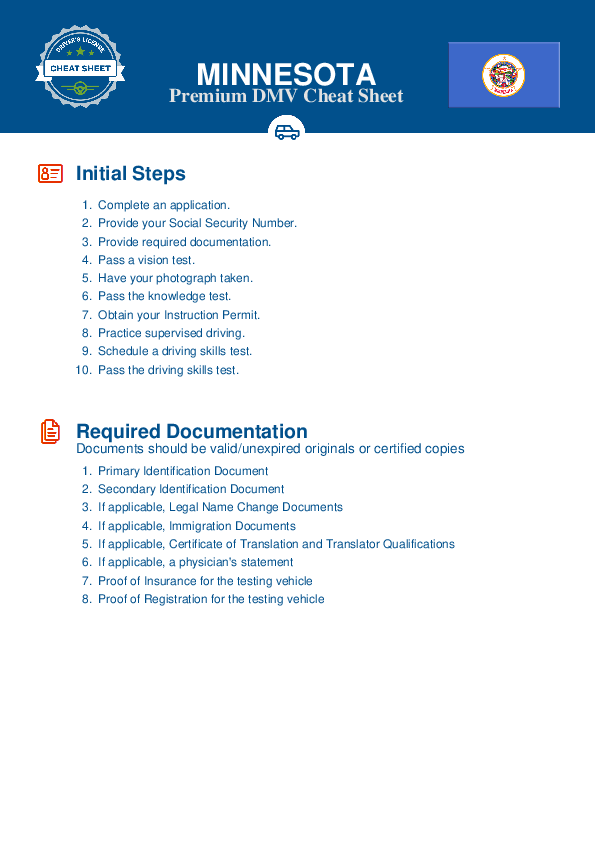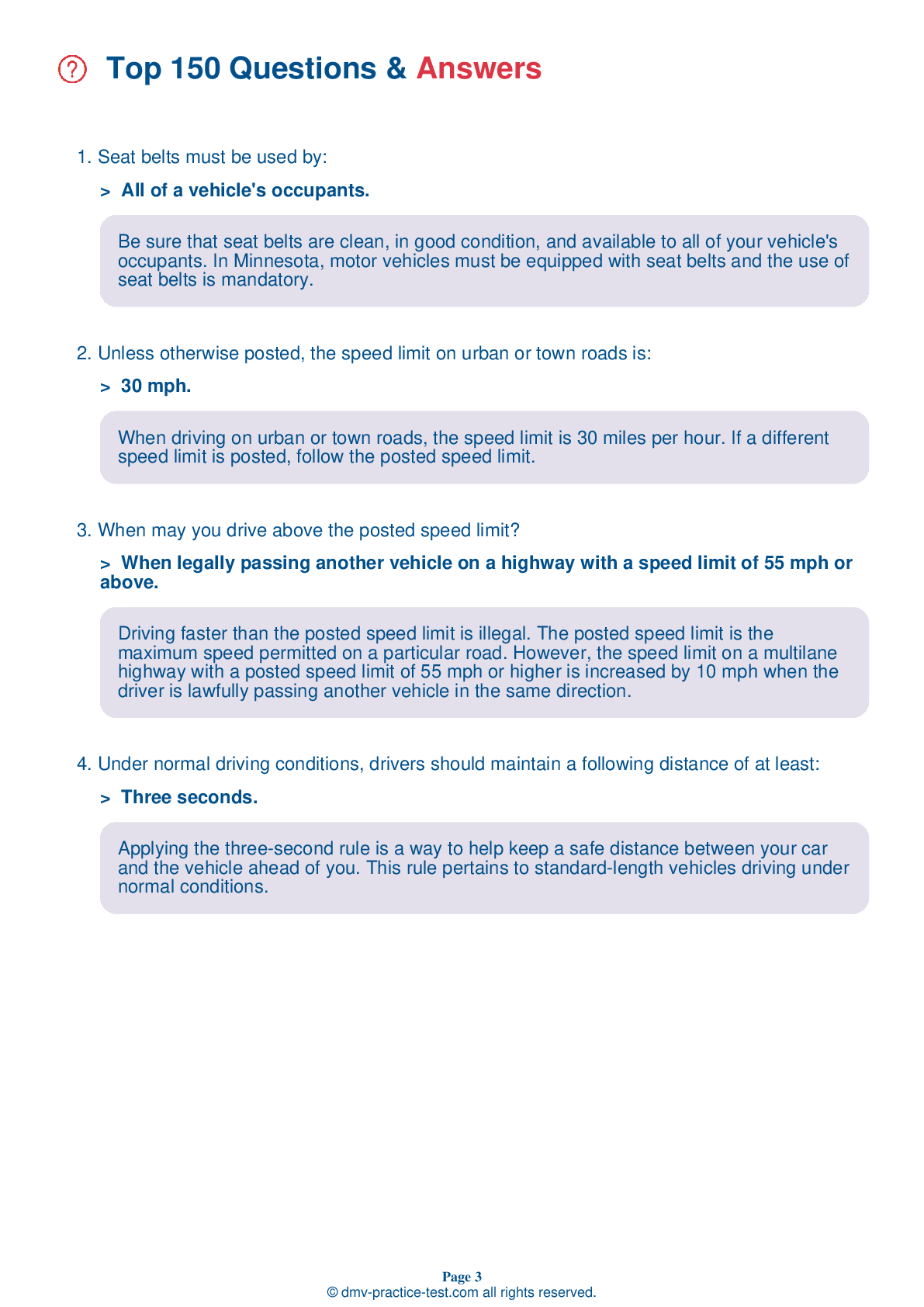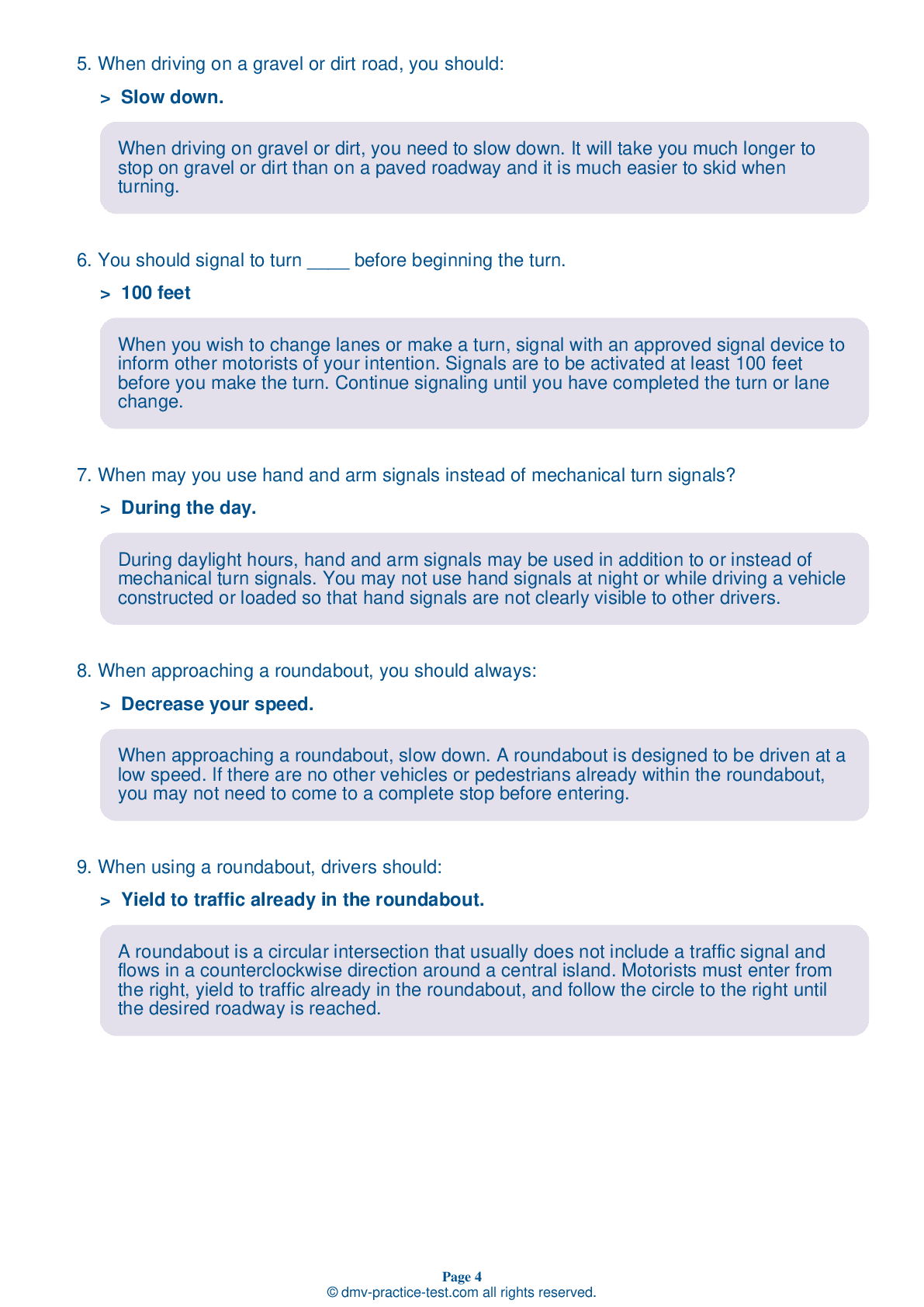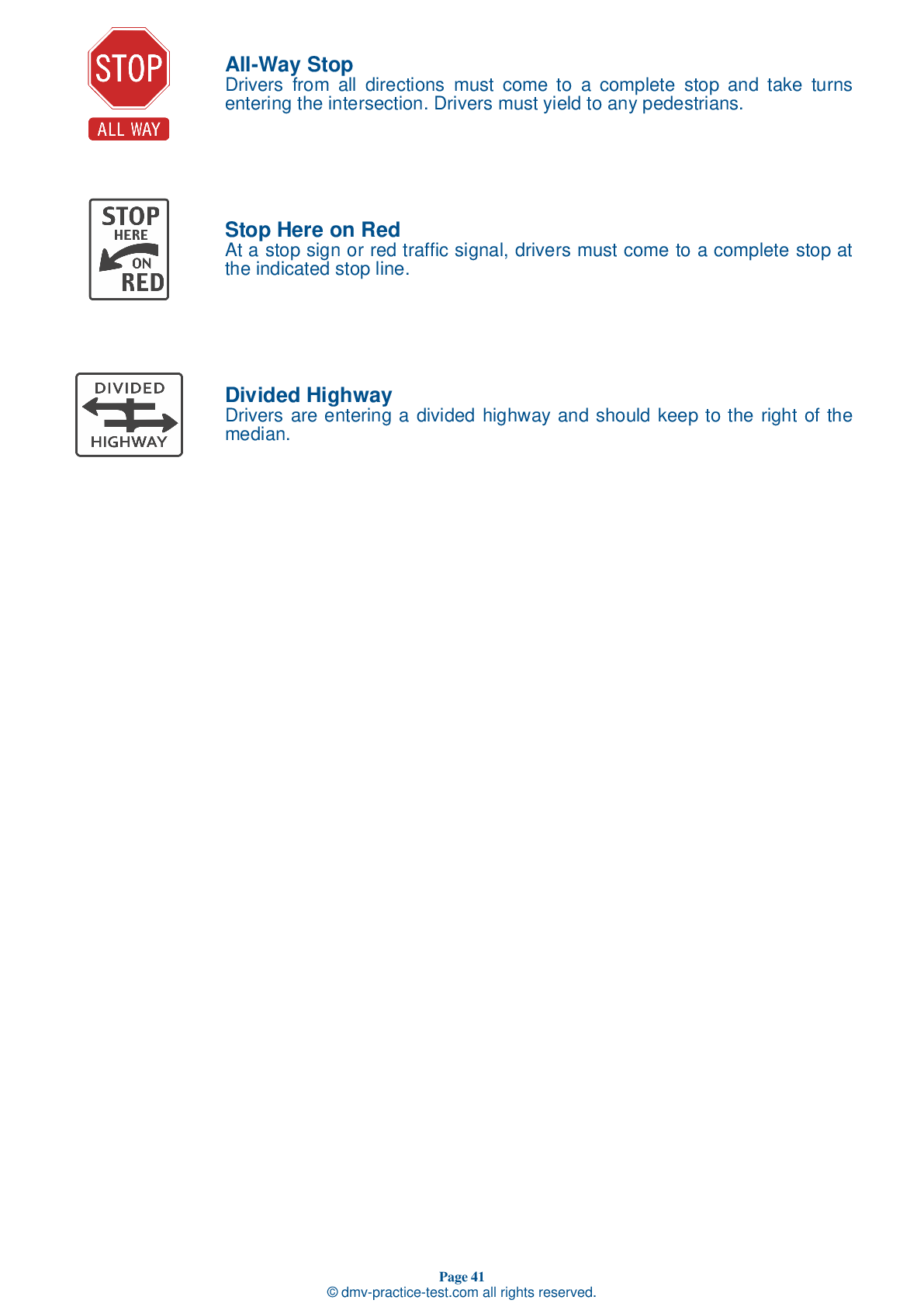FREE Minnesota DMV Practice Test #2 Page 3 of 5
The Minnesota DMV practise examinations have been updated for January 2025. It includes questions based on the Minnesota Driver Handbook's most essential traffic signals and laws for 2025. Use actual questions that are very similar (often identical!) to the DMV driving permit test and driver's licence exam to study for the DMV driving permit test and driver's licence exam.
On the practise exam, each question gets a tip and explanation to help you remember the concepts. The written component of the official Minnesota DMV test will include questions about traffic rules, traffic signs, and driving statutes, as well as knowledge from the Driver Handbook.
To obtain a passing grade, you must correctly answer 32 of the 40 questions. To help you prepare for your instruction permit or driver's licence, take our Minnesota DMV practise test.
The DMV exam is available in several languages.
Using any kind of testing assistance will result in an automatic fail, and the DMV may take additional action against your driver's licence, so stay away from it.
17 . When the road is marked with a solid yellow line and a broken yellow line, with the broken line next to your lane, you may pass:
When there is a solid yellow line and a broken yellow line in the center of the road and the broken line is next to your lane, you may cross the lines to pass if there is no oncoming traffic.
18 . This sign is used to warn drivers:
.png)
This sign indicates that the right lane on a multilane roadway ends ahead. Traffic in the right lane must merge left.
19 . This sign means:
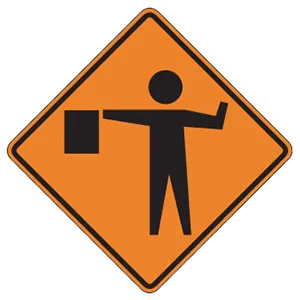
This sign indicates that there is a flagger ahead controlling traffic in a construction area.
20 . When a funeral procession is present, ____ has the right-of-way.
Drivers, pedestrians, and bicyclists must yield the right-of-way to funeral processions. When the lead vehicle enters an intersection, the remaining vehicles in the funeral procession may follow through the intersection regardless of traffic control devices.
21 . It is unlawful for a car to try to share a lane with a motorcycle.
Motorcycle operators have the right to use a complete traffic lane. Two motorcyclists may share a lane, but a car should never try to share a lane with a motorcycle.
22 . This sign means:
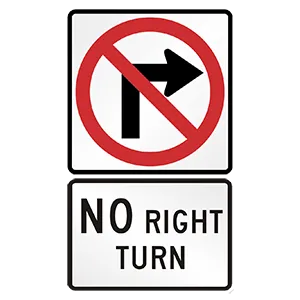
A regulatory sign displaying a red circle with a red slash through the middle indicates that a specific action is prohibited. Right turns are not permitted where this sign is posted.
23 . Another driver is trying to pass your car. You should:
Keep right when another driver begins to pass you on the left. Check for oncoming traffic and adjust your speed to let the passing vehicle move back into the right lane as easily as possible.
24 . Orange is the color of signs used to communicate with drivers in construction work zones.
Most signs in work areas are orange and diamond-shaped, although some signs are rectangular. These signs and traffic control devices are commonly reflective to better attract your attention at night.
Need Car Insurance? No problem!
Compare the best rates in Minnesota and find a personalized policy that meets your needs.
1. Are You Currently insured ?
2. Married ?
3. Do you own your Home?
4. Do you have more than 1 car ?
5. Have you or a Family Member Honorably Served in U.S. Military ?
6. Your Name
7. Age
8. Zip code
IMPORTANT REMINDER:Auto Insurance is Mandatory to drive in Minnesota. Get covered before you hit the road to avoid any fines.
Ranked by best match
